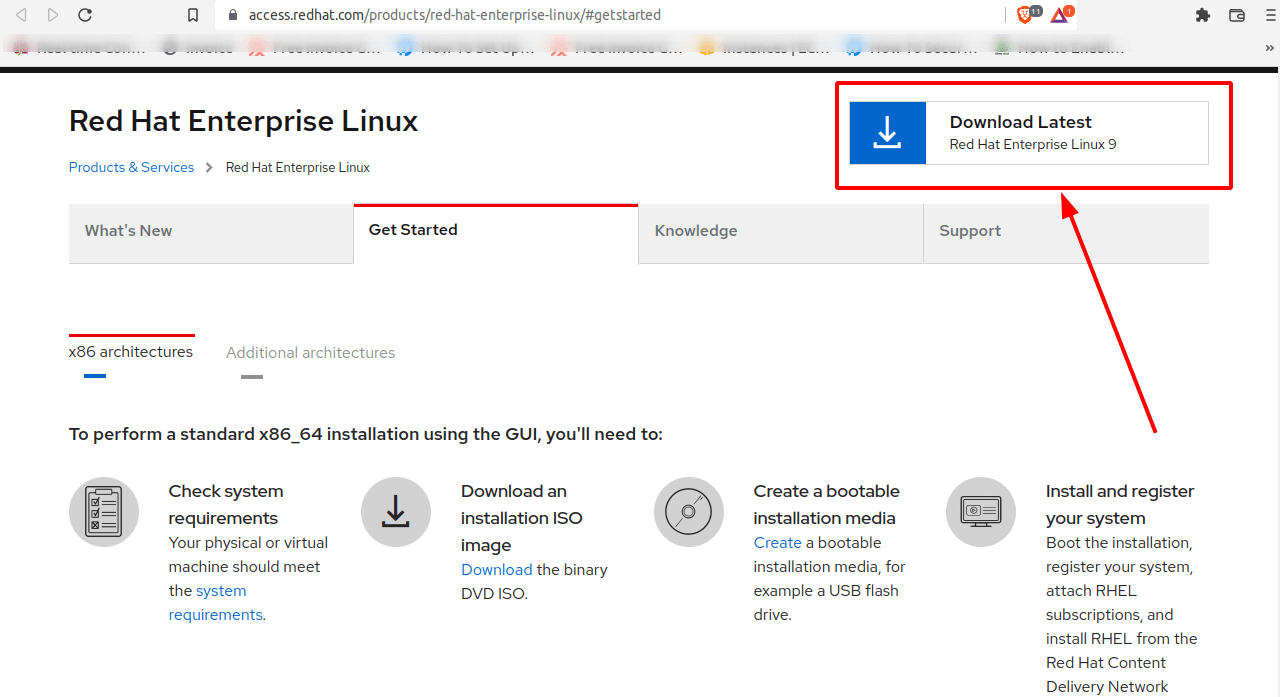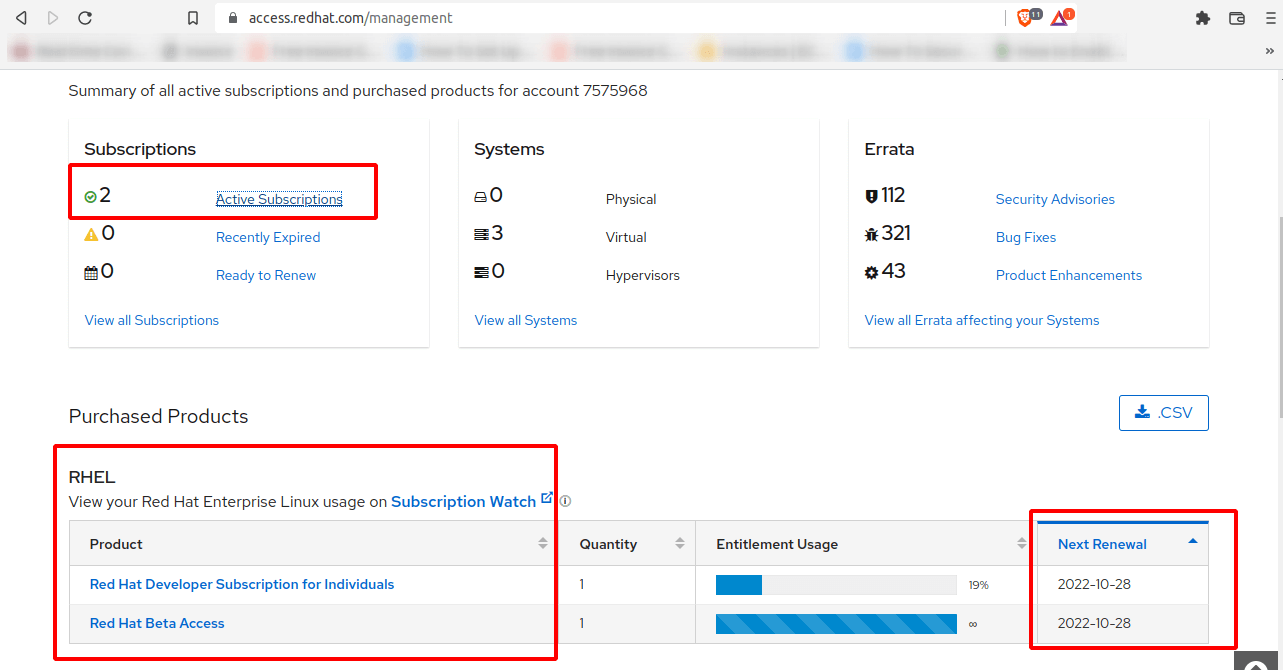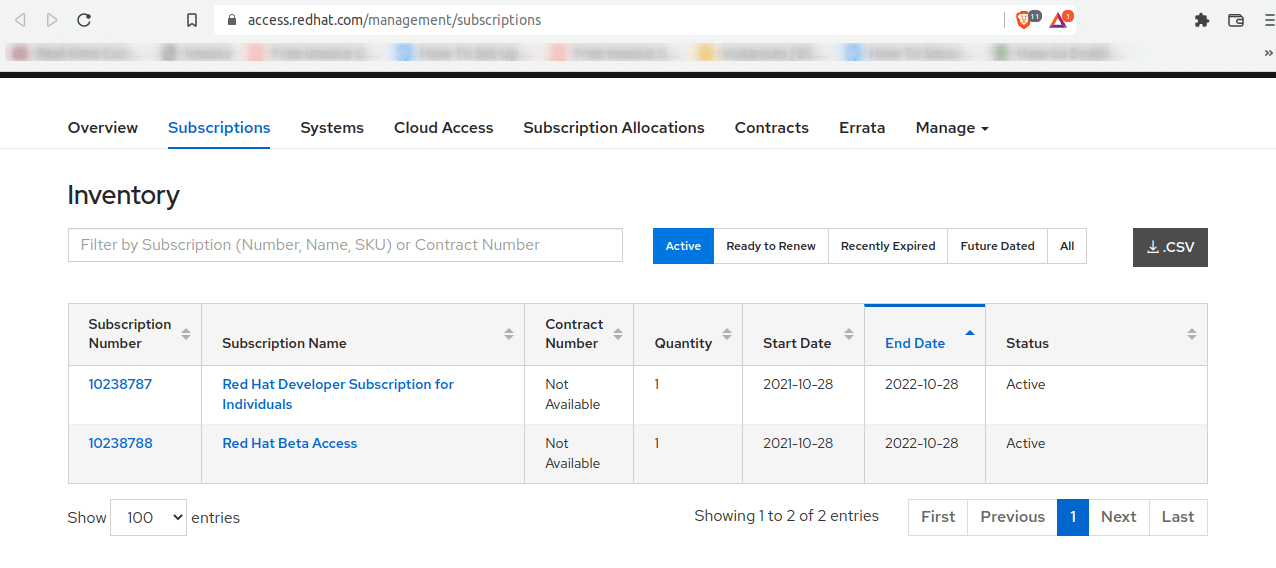To all the Linux lovers and enthusiasts in the RHEL community, the developers behind this reputable Linux OS distribution have officially released RHEL 9 Stable.
RHEL 9 Stable release addresses both production stability and development agility issues to mirror a prime performance spectrum. CentOS Stream footprints are evident in the buildup of this highly anticipated RHEL 9 release due to its powerful capabilities that make the application development experience easier.
What Developers Gain from RHEL 9 Release
As a developer, the following key highlights are addressed on RHEL 9.
- Modernized Applications – RHEL 9 comes with the latest Rust, Go, LLVM, and GCC compilers making it easier to create modernized applications.
- Enterprise-Class Platform – The GNU C Library project (Glibc), version 2.34, guarantees RHEL users enterprise-class platform stability of 10+ years.
- Python Applications – With Python 3.9 on release and prepackaged on RHEL 9, there is no limit to the power of Python applications and projects you will be working on in this Linux OS platform.
- Software Versions – RHEL 9 is sourced with enhanced application stream packaging options making it easier for its users to have access to different software versions.
- Open-Source – All credit goes to CentOS Stream for this supported feature.
New Features in RHEL 9
Application modernization is a major theme in RHEL 9, which is a great advantage to both users and developers due to the new opportunities it brings to the table.
Let us address some of the latest compiler optimizations and features under RHEL 9.
1. GCC 11
This new system compiler guarantees the creation of powerful and performant C/C++ applications. The C++ language’s default standard becomes C++ 17 from C++ 14. This compiler is also prepackaged with -fanalyzer (an ideal static analysis option) as an example of included C++ 17 features.
2. Link Time Optimization
With this feature enabled on RHEL 9, application compile time will integrate deeper source code inspection due to smaller and faster binaries. Therefore, speedy resolution of ODR (One Definition Rule) violations and other potential coding errors improves GCC diagnostics.
3. Go 1.16, LLVM 12, and Rust 1.54
Go developers have an easier time bundling Go programs with supporting data files as a result of new embedded package support. Language dependencies management is also easier due to enabled (by default) Go 1.16 modules.
Developers also have a lot to reap from LLVM 12 (the latest toolset) with the inclusion of fresh tooling and LLVM/Clang-built and versioned code compatibility.
Rust developers will create a low-memory footprint and highly-performant applications via Rust 1.54. This scenario is effective in edge use cases. Statistically, the typed language attribute of Rust helps maintain code by catching compile-time errors.
4. Glibc 2.34
GNU C Library Project 2.34’s Glibc upstream ensures that RHEL 9 is up-to-date with the latest bugs and security fixes. This feature benefits RHEL 9 with additional locales, improved performance, and POSIX.1-2017 enhanced compliance.
5. Python 3.9
With Python 3 being a default installation on RHEL 9, Python 3.9 is associated with application-modernizing features like dictionary union operations, new string prefix & suffix methods, and timezone-aware timestamps.
6. Next-Generation Application Stream
It is easier to use packaging methods in RHEL 9 due to their incorporation into traditional RPMs, software collections (SCLs), Flatpaks, and modules as some viable application streams.
7. Build from CentOS Stream
This milestone makes CentOS Stream the primary build reference for future RHEL releases. Therefore, developers will be able to contribute their code and/or test availed code before the scheduled release of future RHEL versions.
Download RHEL 9 ISO For Free
The best way to experience the power of a Linux OS distribution is to put it to the test. If you are a participant in the Red Hat Developer program, you should have no issues accessing the RHEL 9 Stable ISO file. If you are not a developer, one of the following options should work for you:
Create an account on RHEL’s main website and download your ISO file.
For current RHEL corporate customers, sign in to your customer portal to access the RHEL 9 ISO file.

Also, check the status of your Red Hat Developer Subscription to see if it is viable for renewal as each free developer subscription is valid for a year.


Once you put RHEL 9 Stable to the test, you will understand its involvement in new features like container improvements, performance, security & compliance, without forgetting automation & management.
